
The world is full of adventures and creatures we’ve probably never even seen. Some animals out there look so weird and unusual; they’re almost like something out of a dream. A few of them are not even that scary, just odd. But you need to learn about them to understand and appreciate the animal kingdom. Here are 30 animals you probably didn’t know existed.
Patagonian Mara
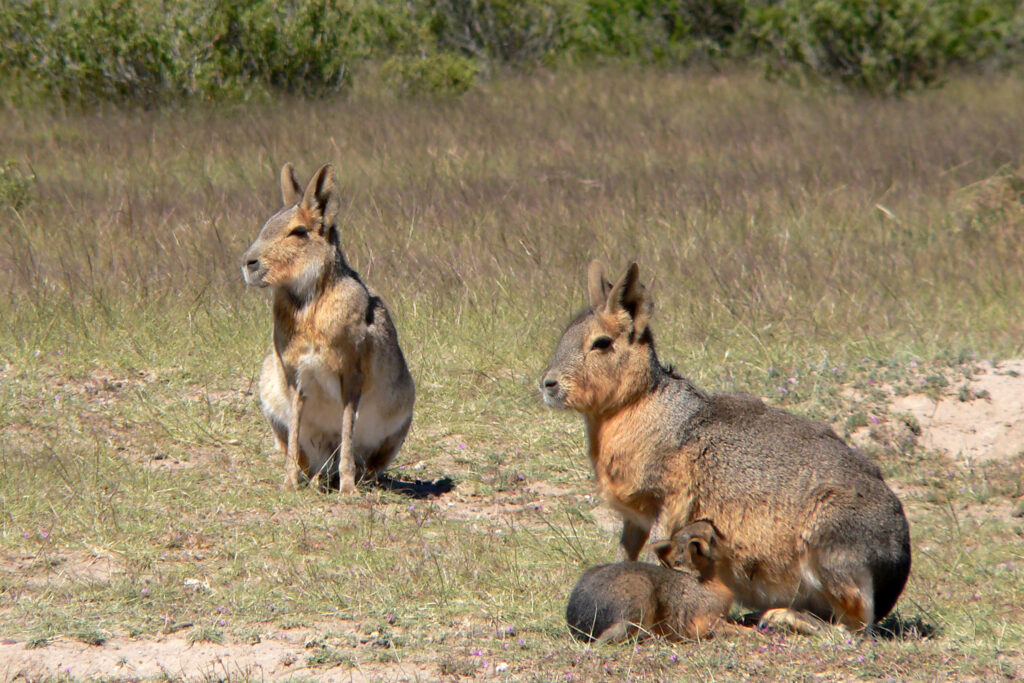
Patagonian maras are like giant rodents and are native to central and southern Argentina. These speedy animals always stick with their partner since they’re all about that lifelong monogamy. Male maras are super protective and won’t hesitate to take on predators or rivals if needed. Their loyalty and quick moves make them pretty incredible creatures.
Okapi
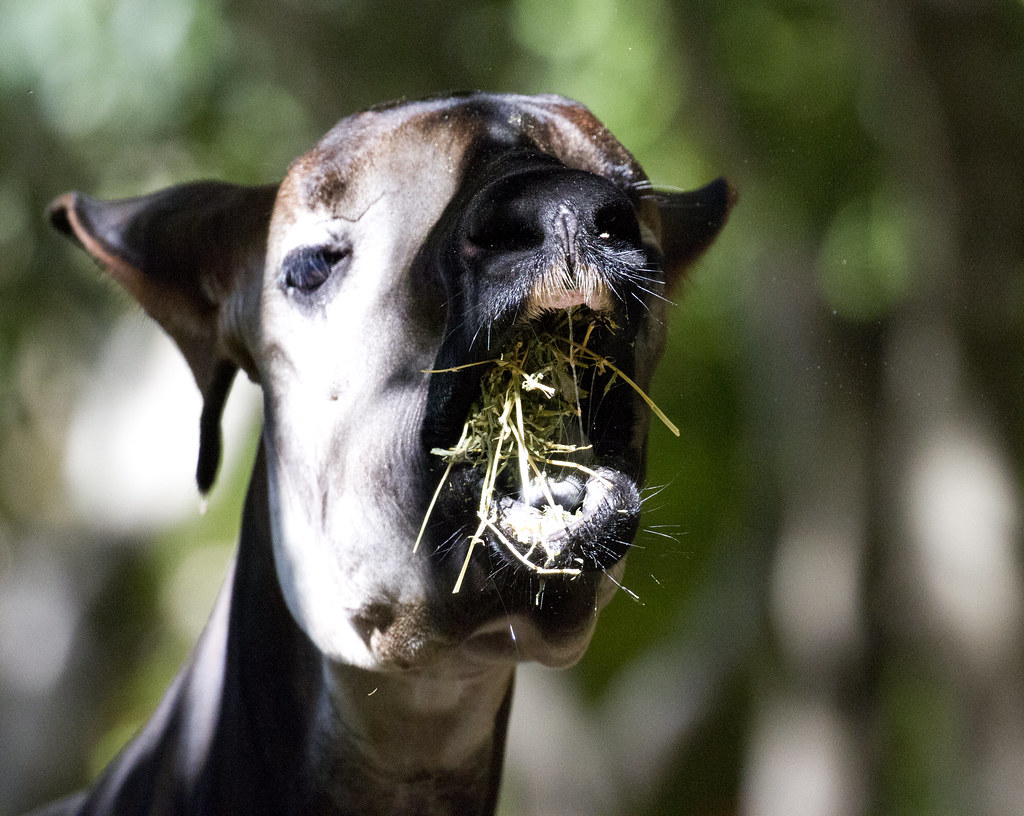
The Okapi, also called the “forest giraffe,” is a fascinating and endangered animal found in the rainforests of Central Africa. It looks like a mix between a zebra and a deer, but it’s the giraffe’s closest relative. These shy creatures live alone, munch on plants, and are rarely seen—all of which adds to their mysterious charm.
Elephant Shrew
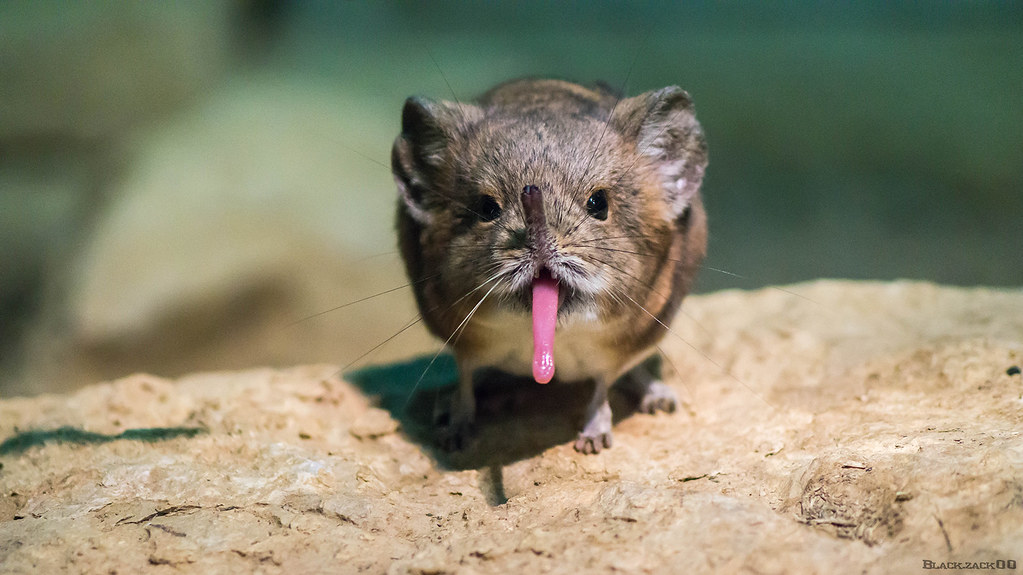
One might think the elephant shrew is just a regular mouse, but surprisingly, it’s actually related to elephants, aardvarks, and even sea cows (sea cows are real). These little creatures live a monogamous life, though they don’t spend much time with their partners. They always know exactly where to find each other, thanks to scent markings.
Slow Loris
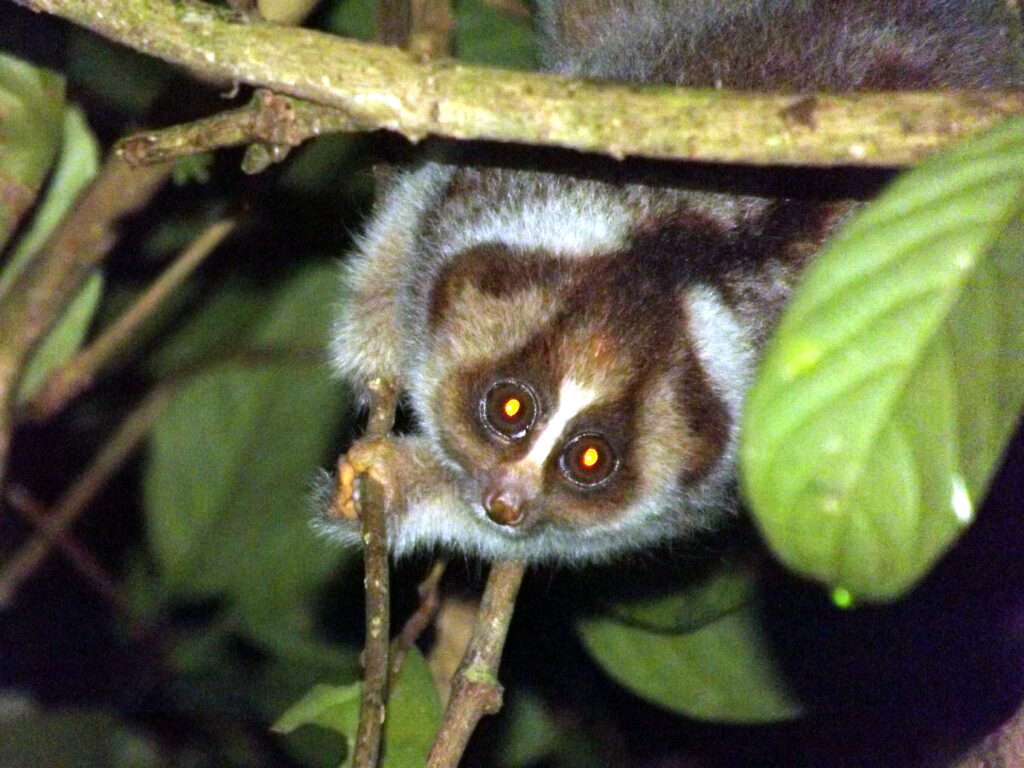
This nighttime creature may look cute and harmless, but it knows how to defend itself. When the slow loris spots a predator, it can stay completely still for a long time, not moving a muscle. Plus, it can produce venom that rots flesh, causing some serious damage to its attacker.
Bilby
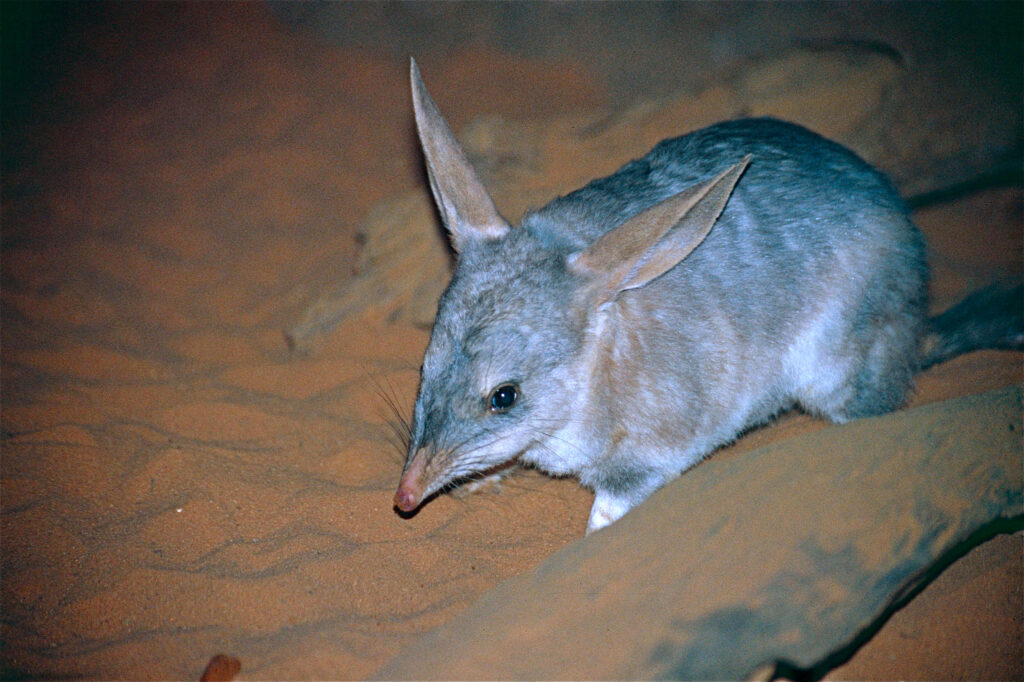
The Bilby, known as the greater rabbit-eared bandicoot, is a fascinating animal native to Australia. These little guys dig multiple burrows, which they use as nurseries or safe spots to hide from predators. They’re solitary creatures and typically live for 6-7 years. Sadly, Bilbies are endangered, with only a few hundred left in the wild.
Star-nosed Mole
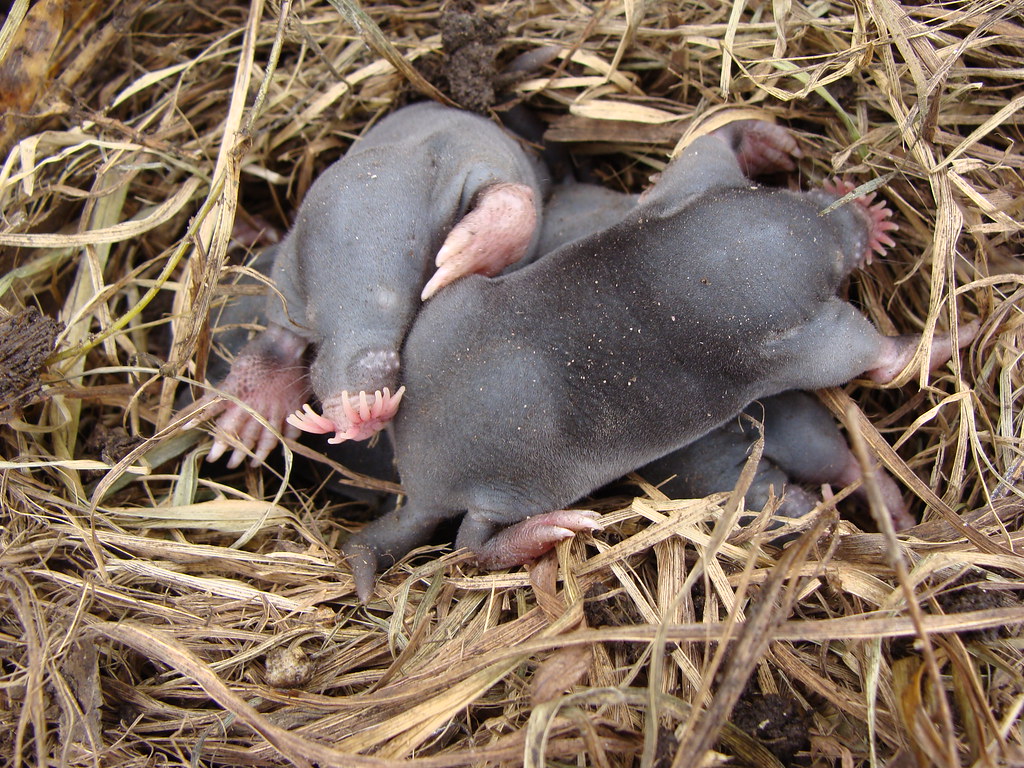
Star-nosed moles might look super weird, maybe even a bit unsettling to some of you, but their abilities are seriously impressive. They can gulp down an insect in under a second thanks to their star-shaped organ (yes, that’s where the name comes from). Plus, they’re one of only two animals that can actually smell underwater. How cool is that?
Numbat
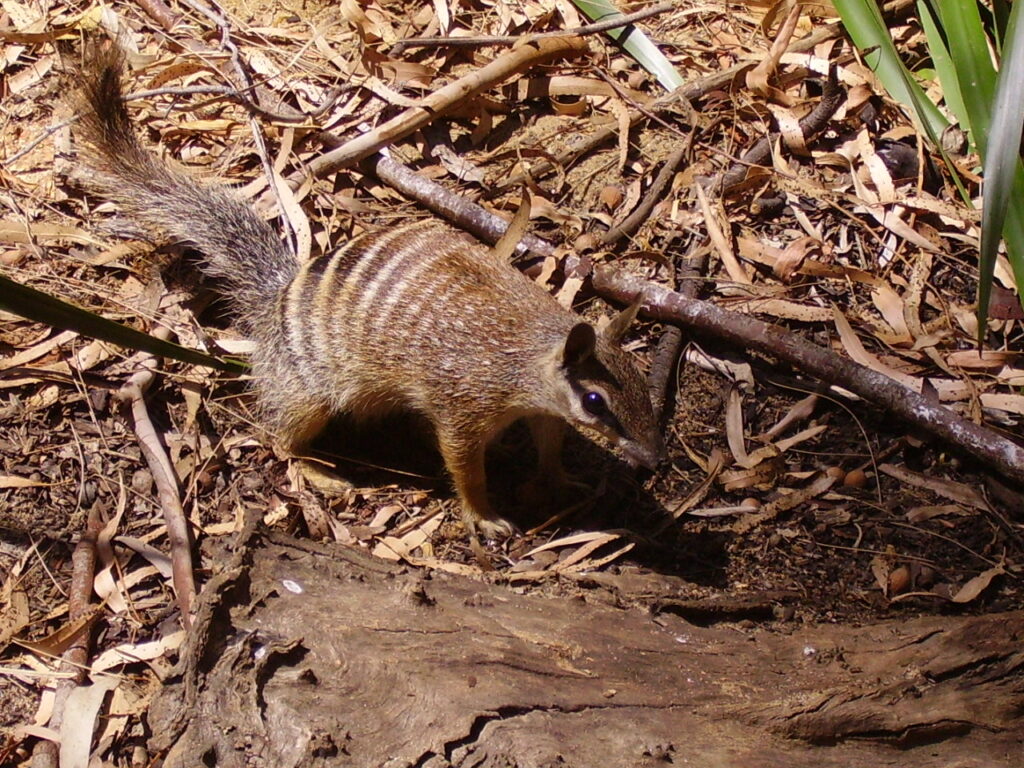
Numbats are native to Australia. These creatures live in hollow logs or small burrows. Their main food source is termites. In the morning, when the soil warms up, termites head to shallow tunnels below the ground. Numbats use their paws to dig deep and catch the termites with their long, sticky tongue.
Mexican Mole Lizard
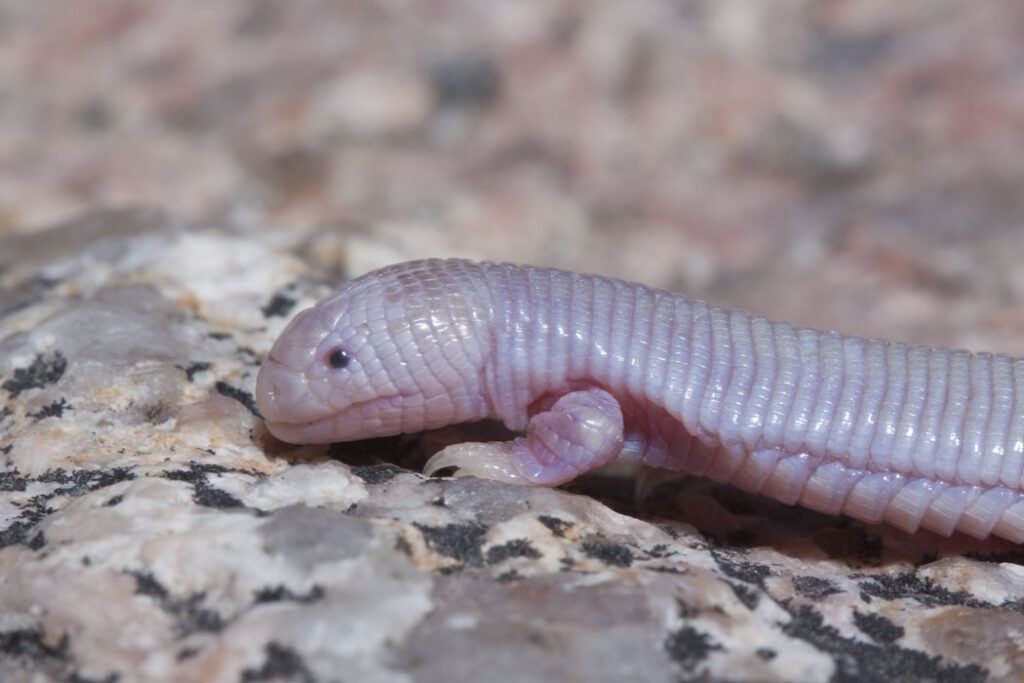
This unique five-toed Mexican mole lizard is only seen on the Baja California Peninsula in Mexico (that’s why it’s called “Mexican”). You might wonder, “Why does it even have limbs?” Well, the Mexican mole lizard is a burrower, so those strong limbs are a must for digging. They’re key to helping it dig and thrive underground.
Fennec Fox
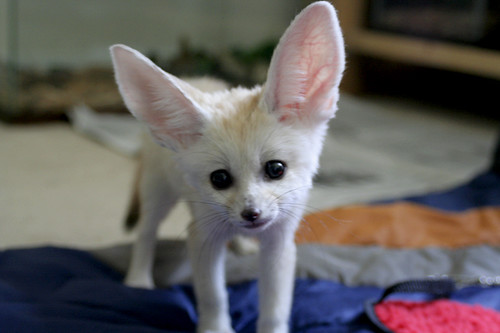
The Fennec fox is famous for its huge ears, which help it detect prey buried under the sand in the desert. It’s the palest of all fox species, giving it great camouflage to hide from predators. With its unique adaptations, the Fennec fox is perfectly suited to life in the harsh desert environment.
Markhor
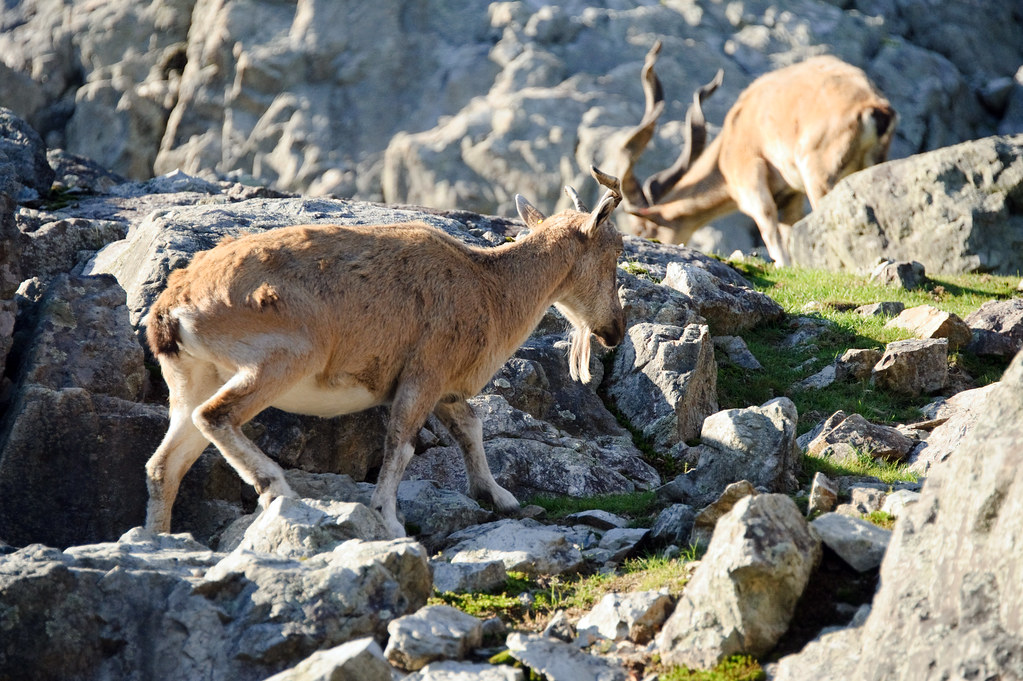
The Markhor is also called the “Flare-horned Markhor.” It is famous in Turkmenistan and Pakistan. According to local folklore, its horns have special powers (though we don’t have any proof of that). Sadly, this amazing animal is now endangered because of overhunting. Its unique looks and cultural importance make it a creature worth saving.
Zebra Duiker
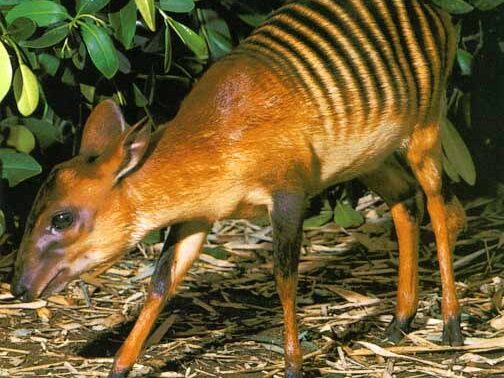
The Zebra Duiker is a small animal, standing just 40-50cm tall, and prefers a solitary life. However, when it’s time to mate or raise offspring, male and female Zebra Duikers stick together. They even use their horns to defend their territory when threatened, showing they’re not afraid to stand their ground.
Red Panda
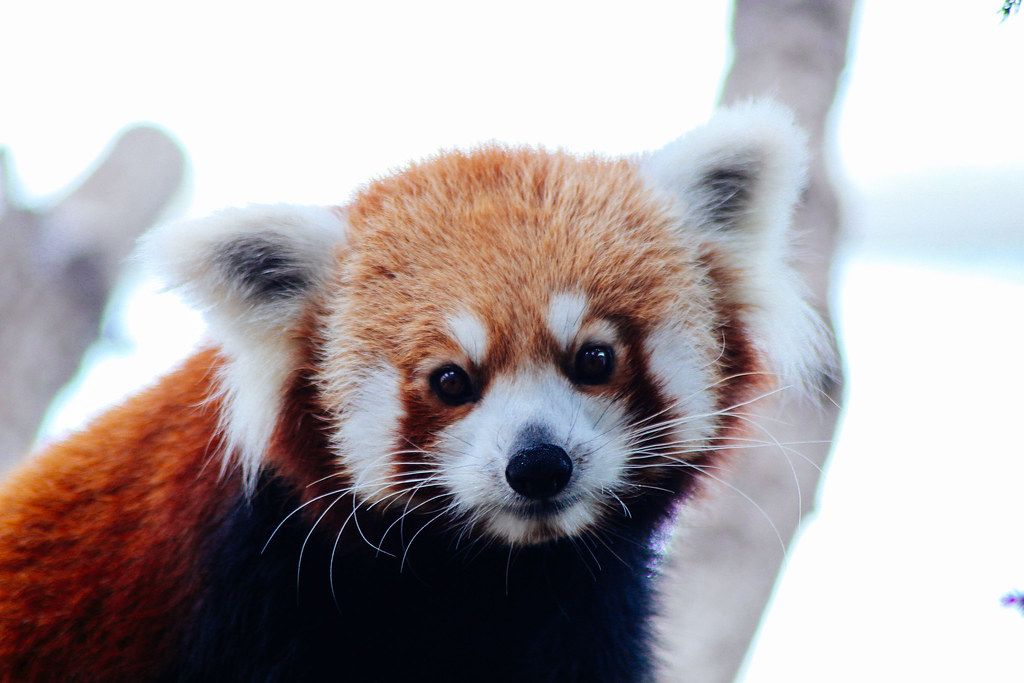
Red pandas are now endangered because of deforestation and the loss of bamboo. They use their long, bushy tails to stay balanced and, in the winter, wrap them around themselves for extra warmth. The red panda is the state animal of Sikkim, India, and there’s even a whole winter festival dedicated to it.
Indian Purple Frog
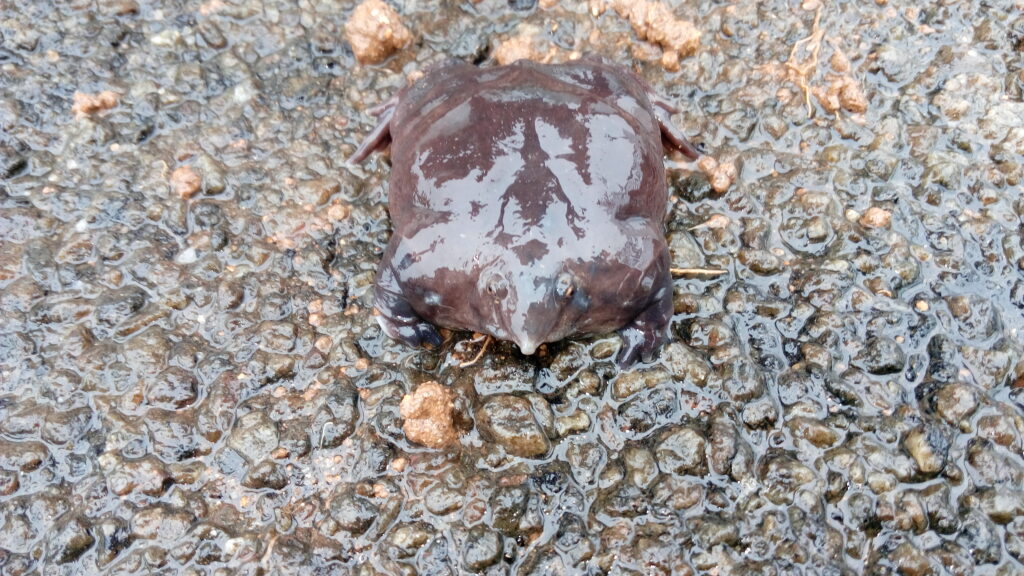
The Indian purple frog is on the endangered list due to deforestation and overconsumption. Because of its burrowing lifestyle, it was not discovered until 2003. Unlike other frogs, it has short legs and can’t even leap. This makes it stand out, but it also faces some serious threats to its survival.
Raccoon Dog
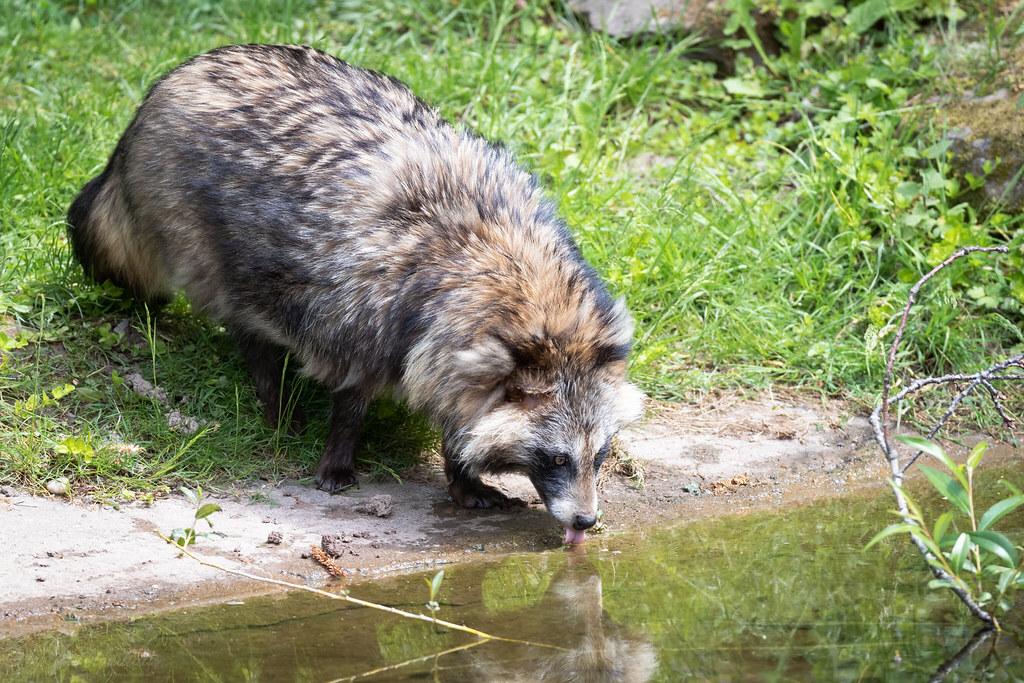
Is it a raccoon or a dog? Well, raccoon dogs are actually part of the dog family. But don’t even think about keeping them as pets—they’re wild animals and can’t be domesticated. Raccoon dogs hibernate in pairs from November to April, taking a long break from the world during those cold months. It’s fair to say that you can’t pet this dog.
Pink Fairy Armadillo
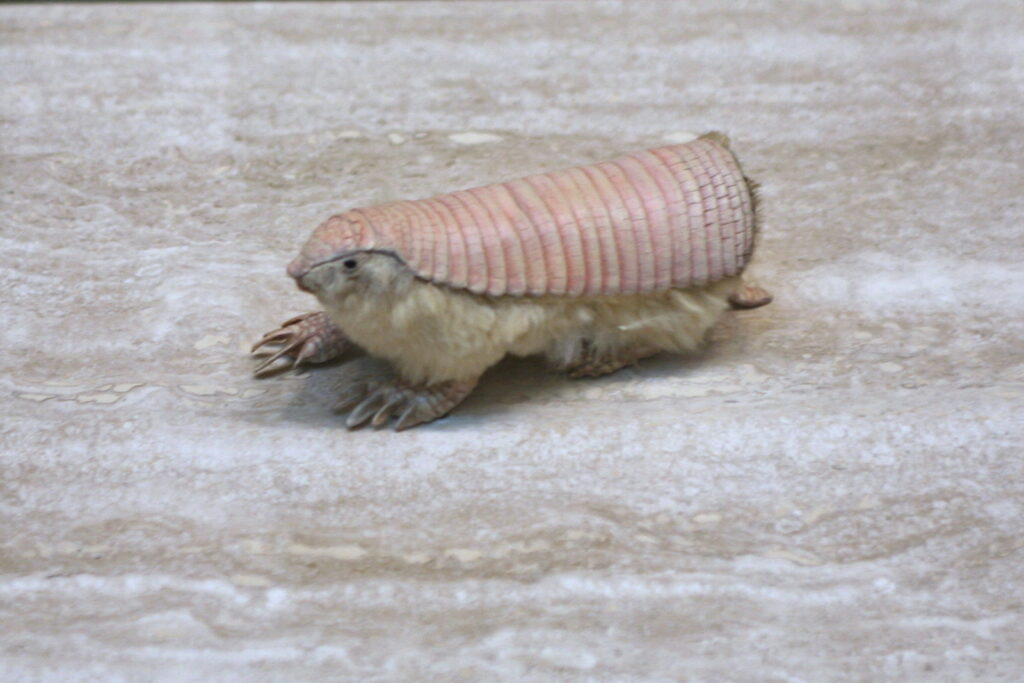
The Pink Fairy Armadillo, or Pichiciego, is just 5 inches long, making it the smallest armadillo out there. Unlike other armadillos, it uses its shell for thermoregulation instead of protection. It’s also known as “the sand swimmer” because moving underground is a breeze for this little creature. It’s built for life beneath the surface.
Capybara
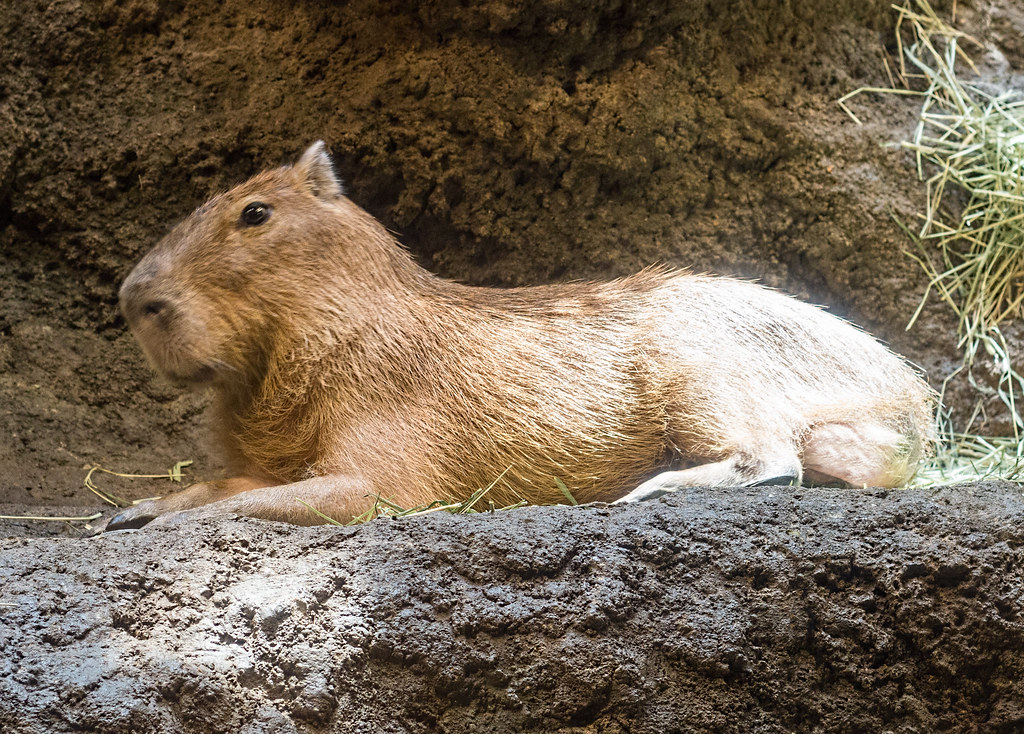
Capybaras, like beavers, are awesome swimmers. They’re not really dependent on their mates but can sometimes live in groups of up to 40. Even though the IUCN lists them as the least concern, they face a big threat from people who hunt them for their skin. It’s a tough world for these chilled-out creatures.
Shoebill
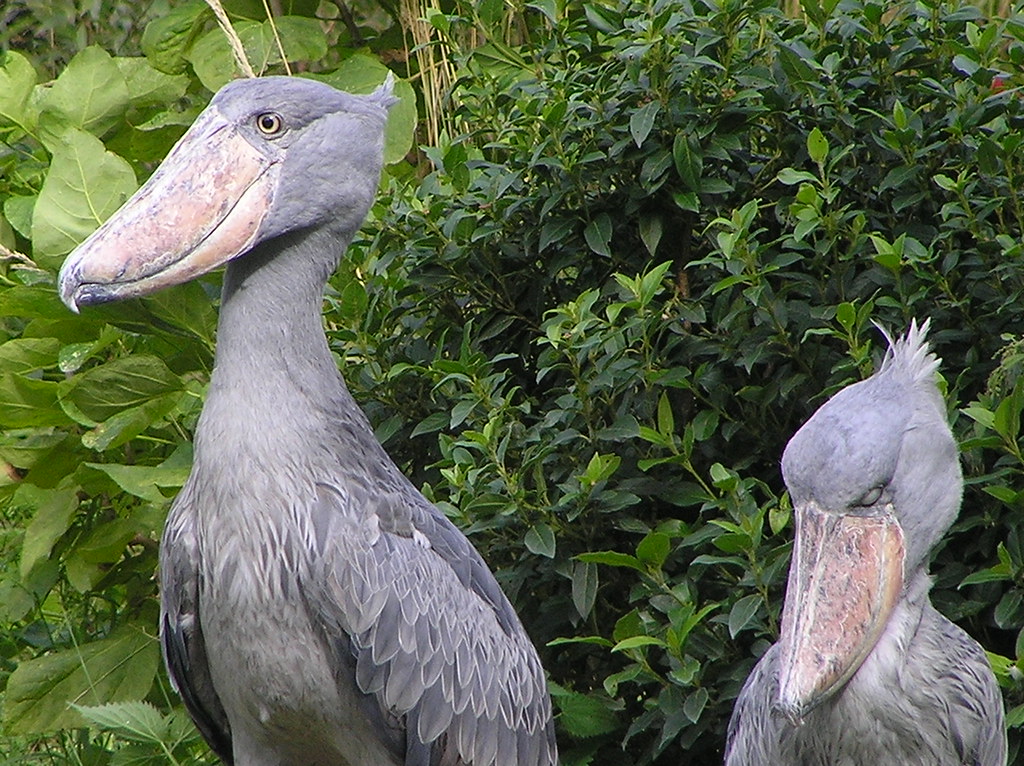
The Shoebill may look like a creepy bird with a weird name, but it’s actually a pretty good hunter. It can catch huge fish and even baby crocodiles (yes, we’re not kidding). Its large bill is perfect for snatching slippery prey. This bird definitely has some serious skills to show off.
Gerenuk
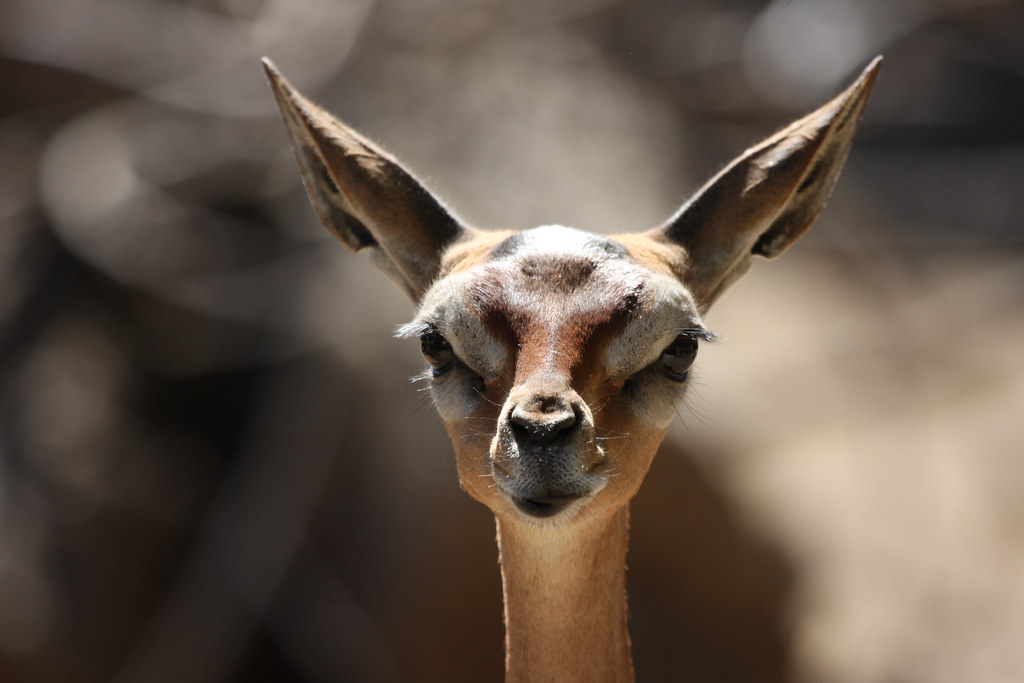
The Gerenuk is found in the Horn of Africa. It is known for its long neck, which helps it selectively nibble on shrubs and trees. This shy, solitary animal prefers to live in thorn bushes, where it can stay safe and undisturbed from other fellow Gerenuks. Its semi-private surroundings provide the perfect escape for a more peaceful life.
Panda Ant
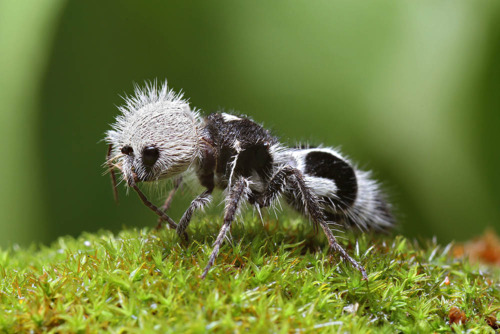
It might be surprising, but the panda ant not only looks like a panda but also has the name “ant” in it. However, it’s a wasp, not an ant. Female panda ants look more like ants and have a pretty painful sting, so their panda-like appearance might just be a warning to potential enemies.
Coatimundi
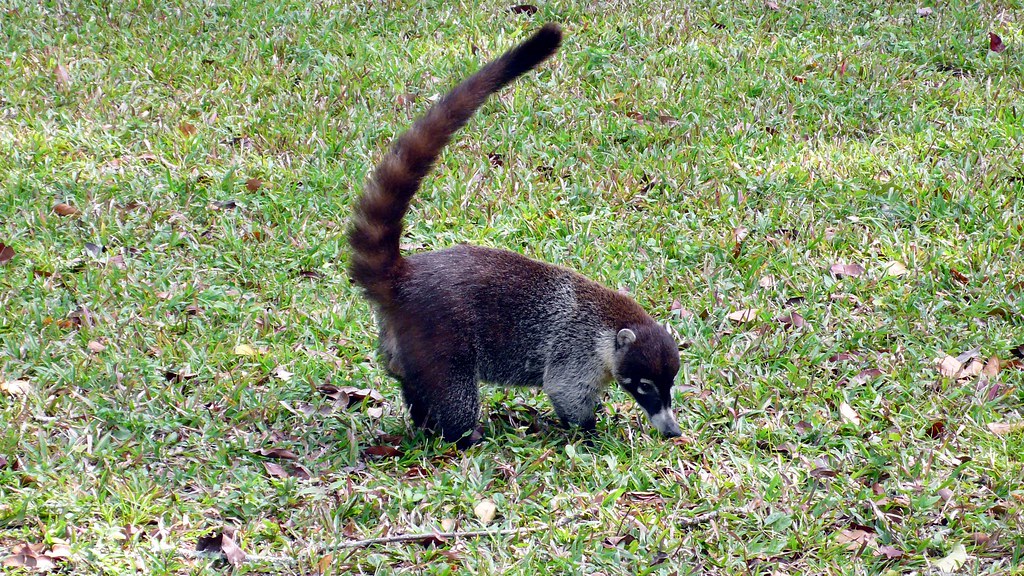
It’s no surprise that the Coatimundi is a relative of the Raccoon. The Coati is a social creature and often hangs out in groups of up to 20. Its long, beautiful tail isn’t just for show—it helps with balance while climbing trees, making it an expert at moving through the branches.
Gobi Jerboa
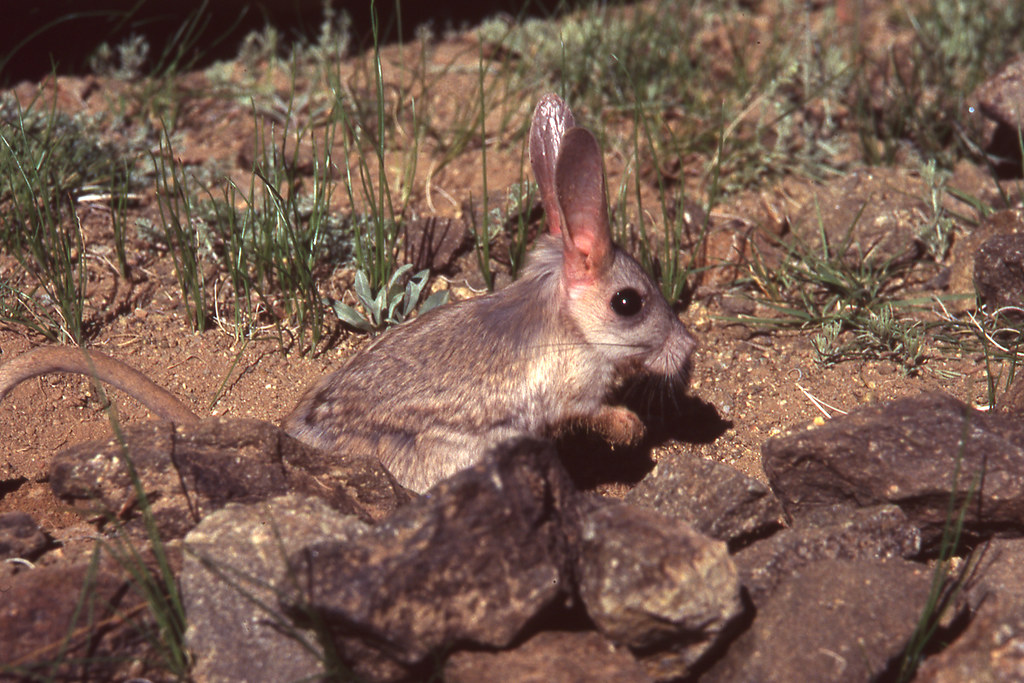
The Gobi Jerboa calls the deserts of Central Asia home. To survive the extreme temperatures, it digs burrows for each season and hibernates through the winter. While it usually lives alone in its burrow, during the colder months, it joins up with others in groups to keep warm and share the heat.
Maned Wolf
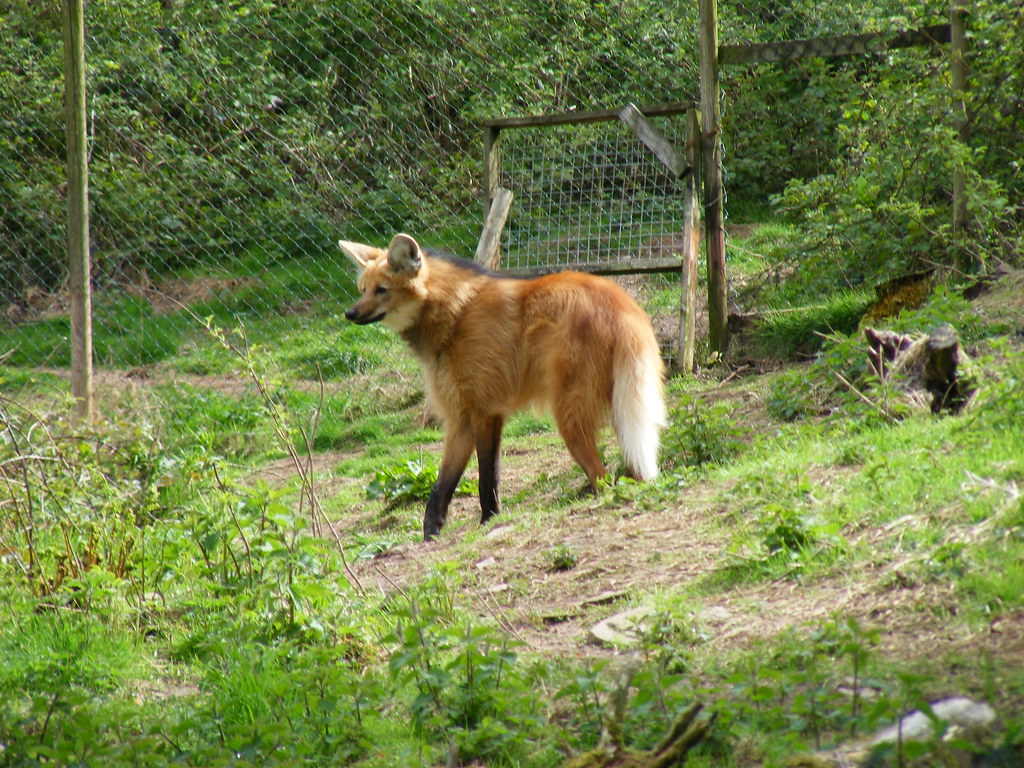
Though it may look like a tall fox, the Maned wolf is not related to foxes or wolves. It’s a unique species all on its own. Maned wolves are territorial and live in monogamous pairs. They’re also pretty versatile eaters, enjoying not just meat but fruits and vegetables as well.
Albino Chinese Softshell Turtle
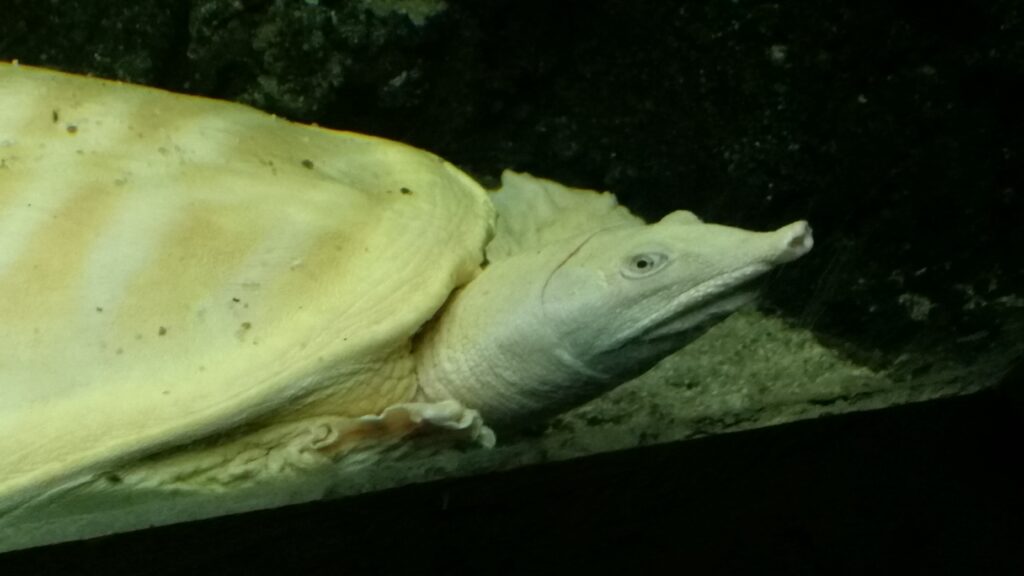
Thanks to its unique appearance, the softshell turtle is a popular pet in Italy. However, because its softshell is prone to infections, maintaining a proper habitat takes a bit of effort. Even though this turtle only grows to 9-10 inches, if you want to keep it as a pet, you’ll need a large 120-gallon tank.
Quoll
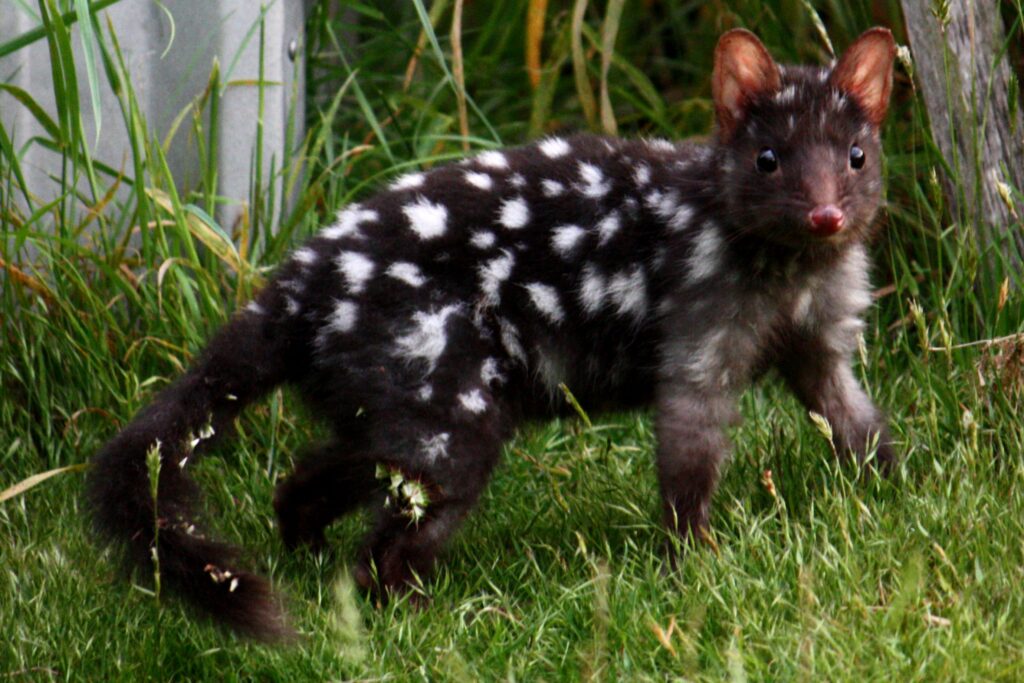
This adorable marsupial is found only in Australia and New Guinea. European settlers once called the Quoll a “native cat,” but unlike cats, Quolls are nocturnal and sometimes travel miles to hunt. Sadly, they’re endangered and face numerous threats every day, making their survival more difficult in today’s world.
Saiga Antelope
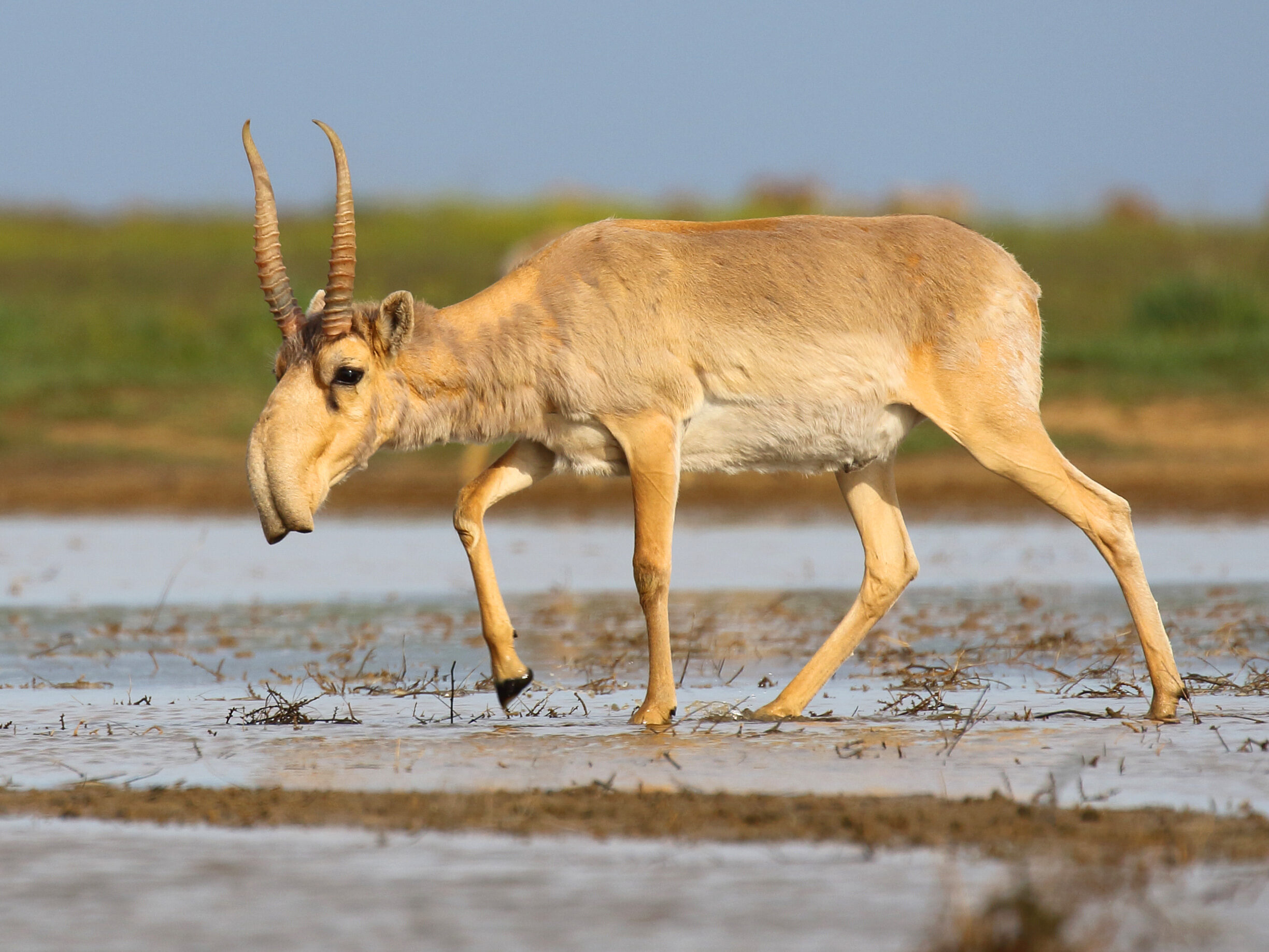
The Saiga antelope calls the semi-deserted grasslands of Central Asia home. Its uniquely shaped nose helps it filter out dust during dry summers. Sadly, the Saiga antelope is critically endangered, with its horns highly valued in Chinese medicine. In the 90s, their numbers plummeted because of overhunting, putting them at great risk.
Lowland Streaked Tenrec
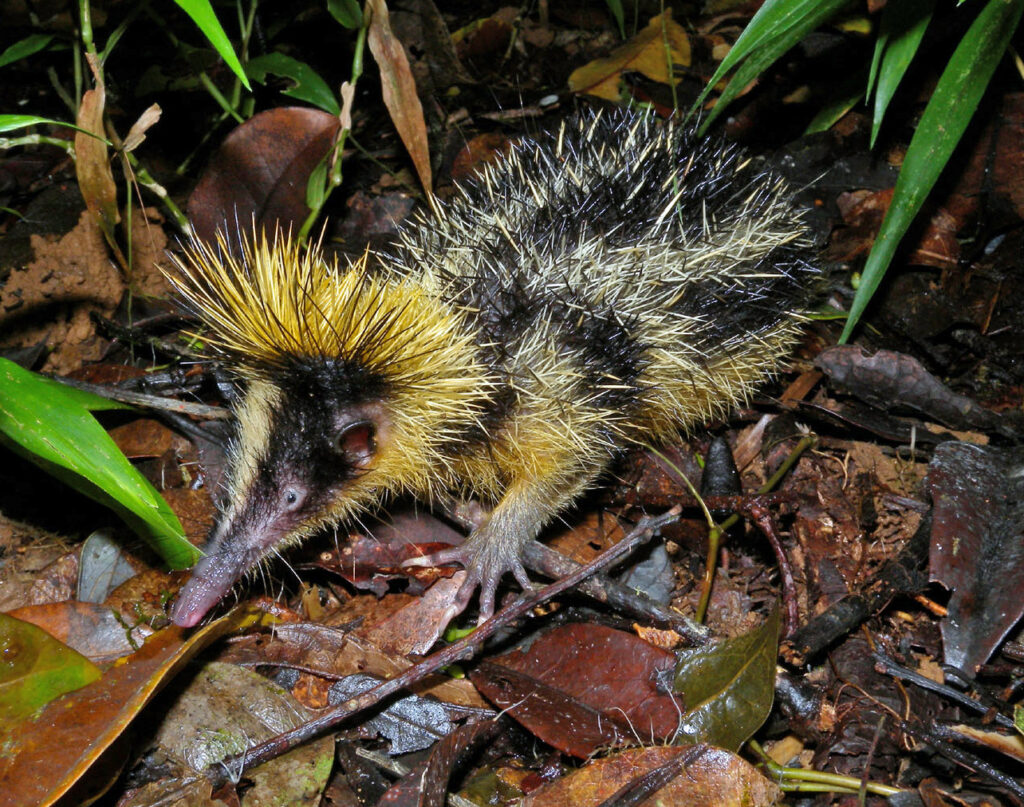
Like many other animals in Madagascar, the Lowland streaked tenrec faces threats to its population, including deforestation. Its quills around the neck come in handy when danger strikes, allowing it to prick enemies if needed. Otherwise, it’s pretty social and prefers to live in family groups, enjoying its time with loved ones.
Sunda Colugo
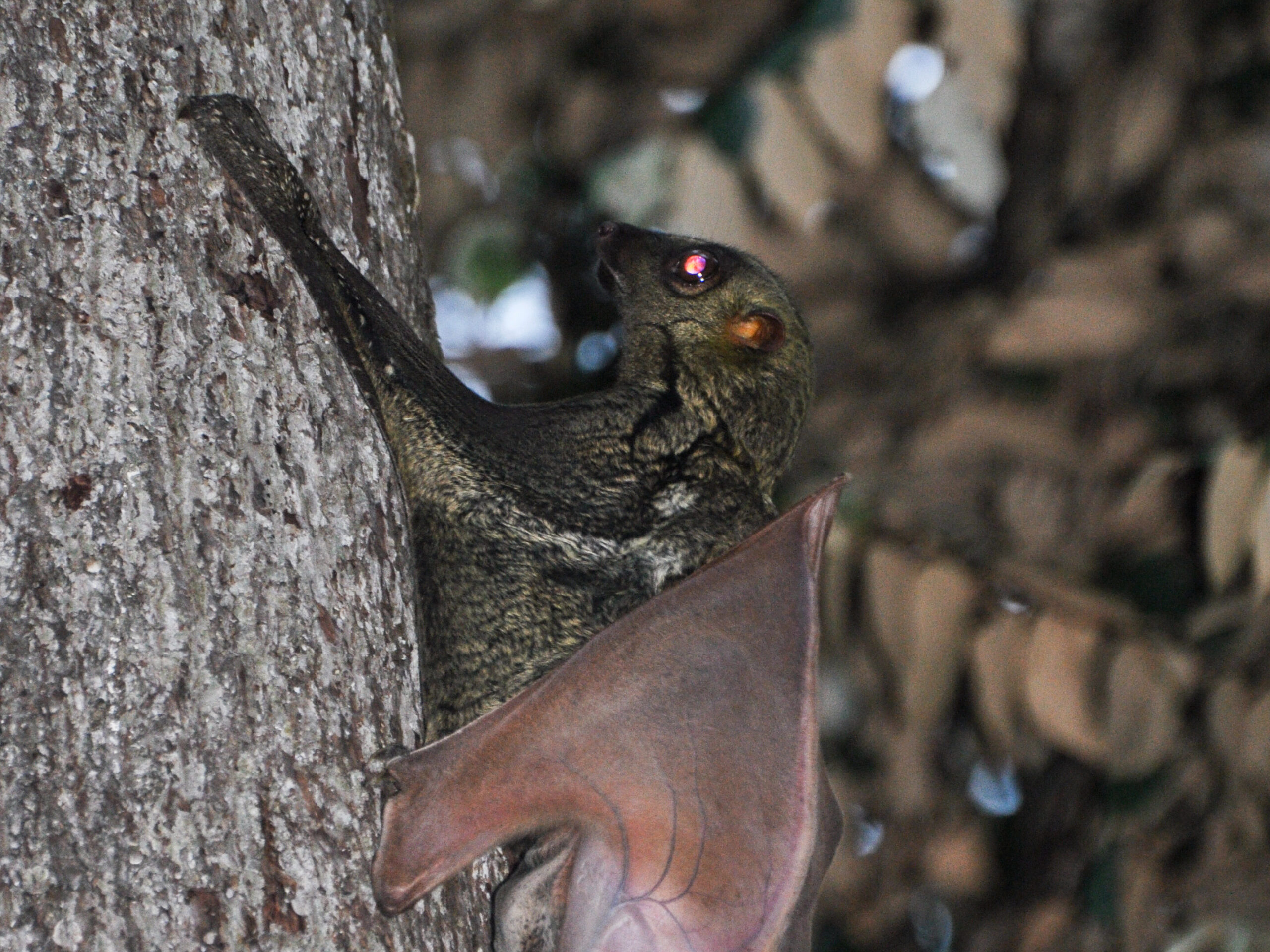
The Sunda colugo, also famously known as the Sunda flying lemur, doesn’t actually fly—it glides from tree to tree. Living in the forest, the female carries her offspring on her abdomen for 60 days. While it looks super skilled gliding through the trees, it’s surprisingly clumsy when it’s on the ground.
Proboscis Monkey
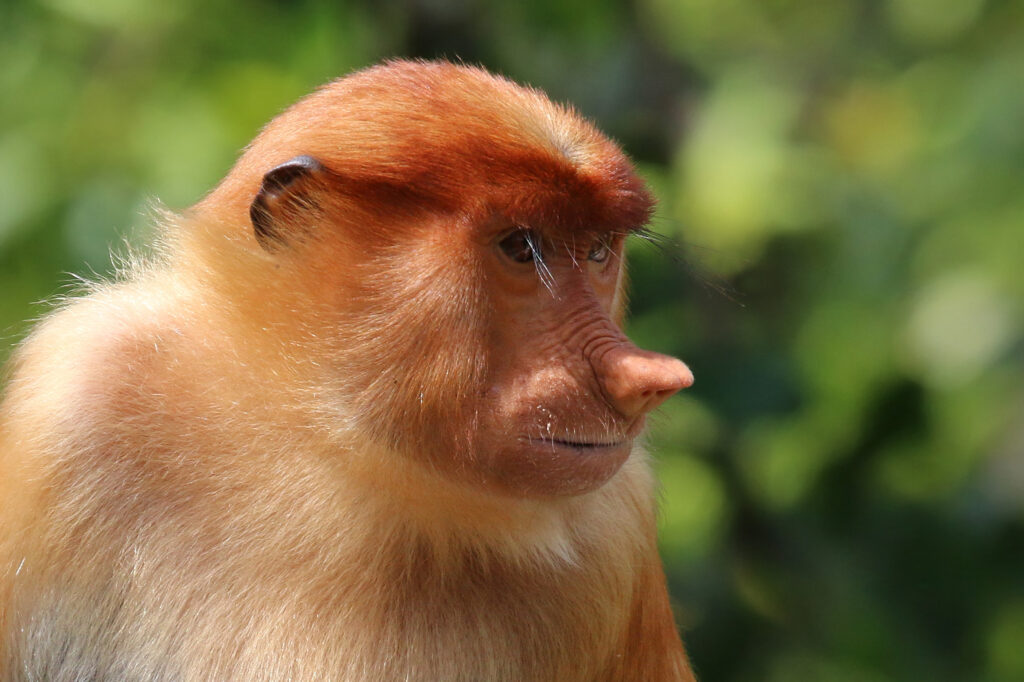
Proboscis monkeys live on the island of Borneo. While some might find their noses weird, males actually use this feature to attract females. What’s even more impressive is that these monkeys are great swimmers—they can even swim away from crocodiles if needed (though it’s a rare scenario). This monkey is definitely built for survival.
Snub-nosed Monkey
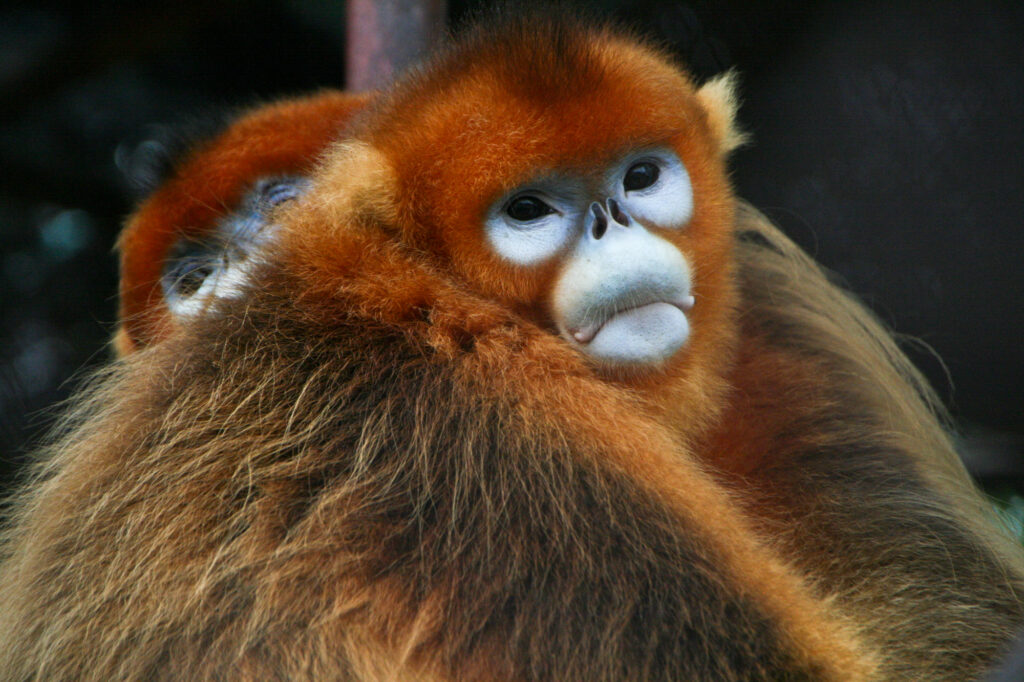
Snub-nosed monkeys, with four different species, are found in west-central China and northern Vietnam. These monkeys live in specific types of forests, like montane forests, so the loss of these habitats is a major threat to their survival. Without all these forests, their chances of thriving are seriously reduced.
Tufted Deer
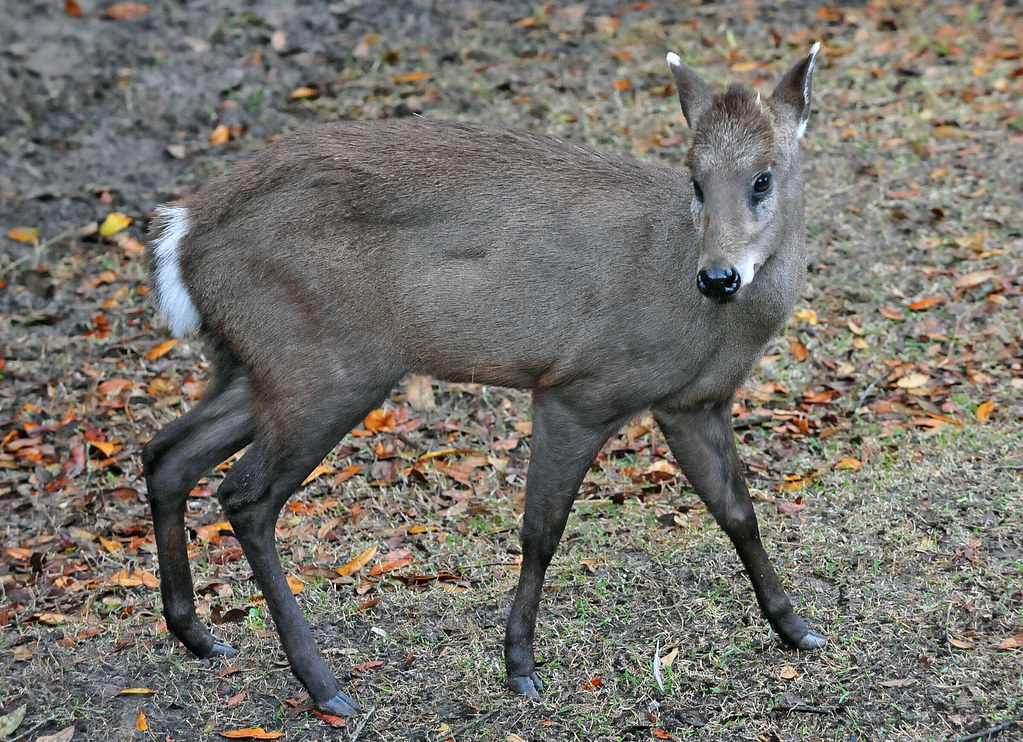
The Tufted deer is typically a solitary animal, though you might spot them in pairs occasionally. They’re named for the tuft of hair on their forehead, which gives them a distinctive look. These deer are very alert, and when they sense danger, they let out a barking sound before running off in a hasty, unpredictable way.
